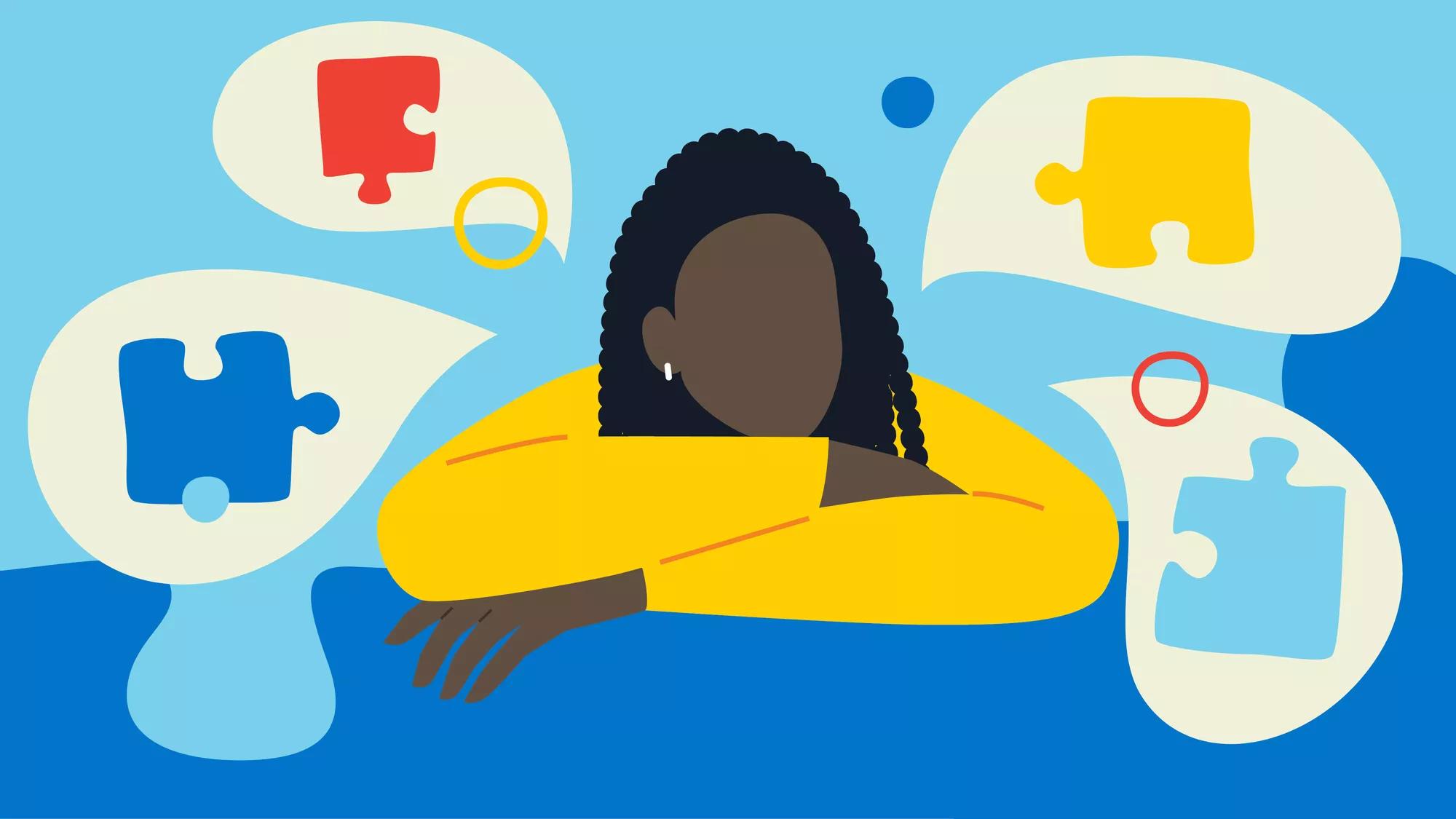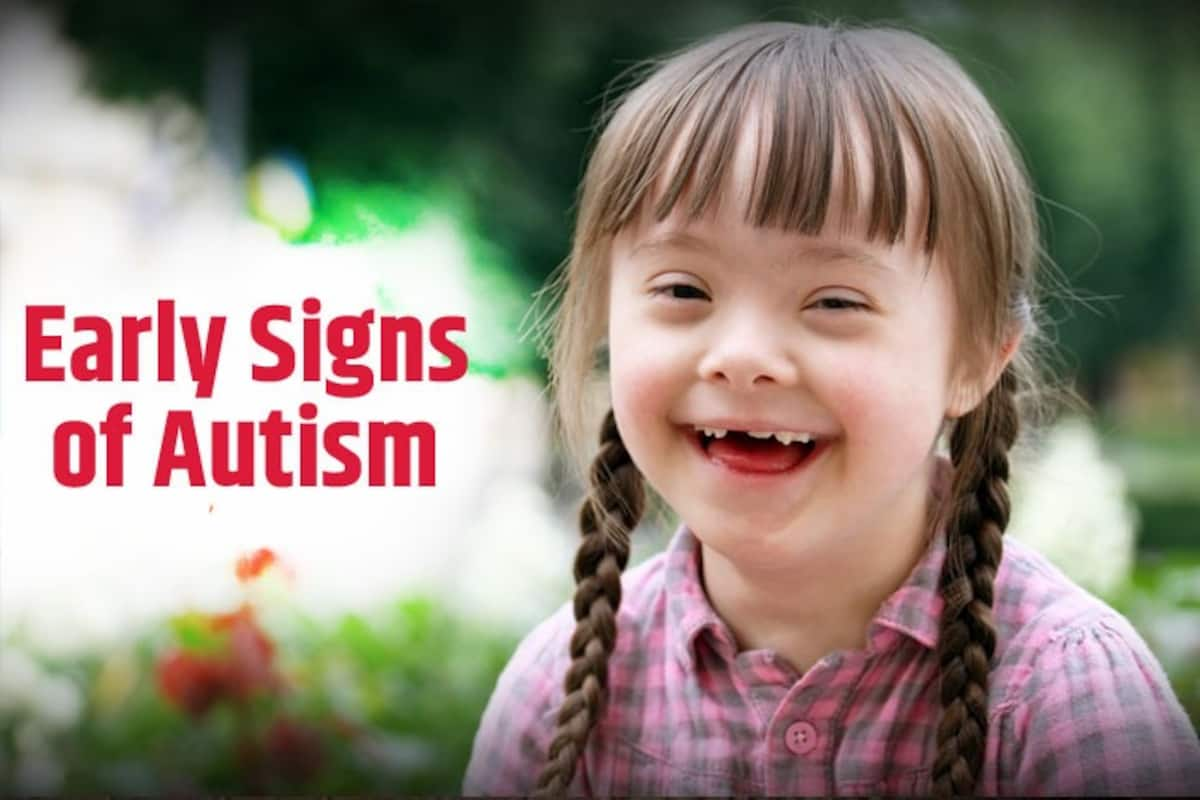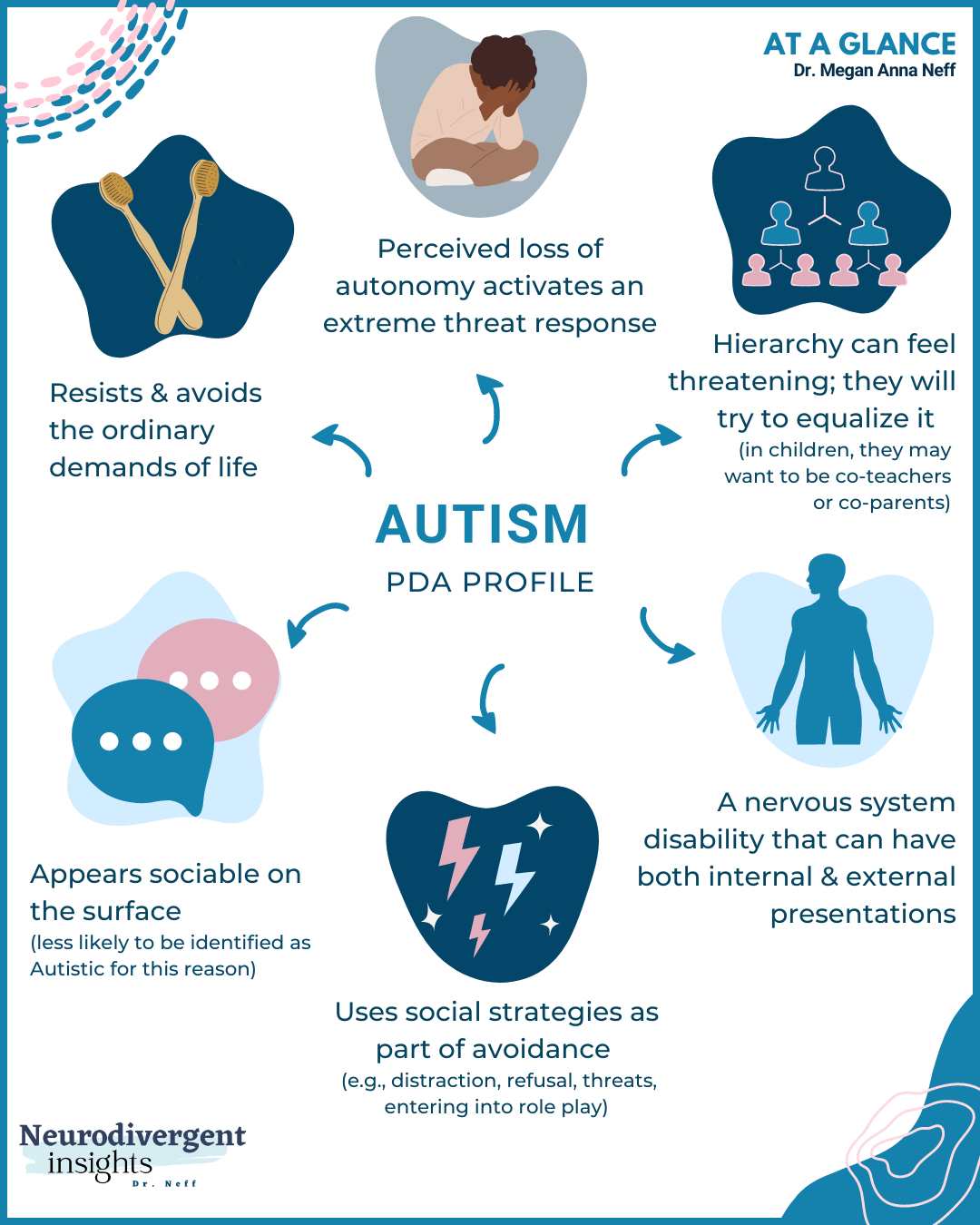Discovering Autism: Approaches for Effective Communication and Communication
Reliable communication and communication with individuals on the autism range demand a comprehensive understanding of their unique requirements and preferences. The ins and outs of these methods expose additional factors to consider that warrant expedition, especially in exactly how they can be adjusted to varied contexts and specific experiences.
Recognizing Autism Spectrum Disorder
Autism Spectrum Disorder (ASD) encompasses a range of neurodevelopmental problems characterized by difficulties in social communication, communication, and recurring behaviors. The term "spectrum" shows the varied indications and varying degrees of extent experienced by individuals with ASD. While some may exhibit significant impairments, others might show high-functioning characteristics, permitting higher freedom in life.
The start of ASD typically happens in early childhood, with indicators often well-known by age 2. Early indications may include delayed speech growth, limited eye call, and problems in understanding social hints. The specific etiology of ASD continues to be uncertain, research study suggests a mix of environmental and genetic variables plays a vital function in its development.
People with ASD commonly possess special staminas, such as heightened interest to information and remarkable memory abilities. They might struggle with recognizing abstract principles and managing adjustments to routine - autism. Consequently, interventions and assistance customized to specific needs are vital for fostering interaction and social skills. Acknowledging the complexity of ASD is important for advertising understanding, approval, and effective techniques that promote significant communications with individuals on the range.

Importance of Clear Communication
Effective communication is essential for fostering understanding and link, especially for people with Autism Spectrum Problem (ASD) Clear communication not only assists in social communications but likewise enhances the person's capability to express their ideas, needs, and emotions. For individuals with ASD, the nuances of language can frequently be testing; for that reason, making use of unambiguous and simple language is crucial.
Furthermore, clear interaction helps in reducing disappointment and anxiousness that may occur from misunderstandings. When messages are conveyed in a direct and regular manner, individuals with ASD are much better outfitted to interpret info properly, which can substantially improve their social involvement and involvement in various settings.
Establishing routines and using visual assistances can even more boost clear communication. These methods supply individuals with predictable structures that help understanding and retention of info. In addition, proactively being and paying attention client throughout interactions advertises a supportive atmosphere where people with ASD really feel valued and comprehended.
Inevitably, prioritizing clear communication not only encourages people with ASD but also promotes more purposeful links with their peers, caregivers, and the wider area, leading the way for comprehensive communications and joint connections. - autism
Non-Verbal Communication Techniques
Communication prolongs beyond words, and for people with Autism Range Condition (ASD), non-verbal signs play a substantial role in interactions. Non-verbal interaction strategies can include face expressions, motions, body movement, and eye contact, every one of which offer as important elements for communicating feelings and purposes.
Recognizing and analyzing these non-verbal signals can Recommended Site boost interactions with individuals with ASD. A warm smile or open stance can develop a welcoming ambience, urging interaction. Likewise, utilizing visual aids-- such as picture cards or symbols-- can connect interaction voids and aid communicate messages more effectively.
It is also crucial to be mindful of personal area, as people with ASD may have various convenience levels regarding proximity. Observing their reactions to physical closeness can inform appropriate adjustments.

Creating Encouraging Atmospheres
Developing an encouraging setting is vital for promoting positive communications and enhancing the health of people with Autism Range Condition (ASD) Such environments can considerably decrease anxiousness and produce a sense of safety and security, enabling people to reveal themselves extra freely.
To achieve this, it is necessary to take into consideration sensory level of sensitivities that people with ASD may experience. Changing the physical space to include soft lighting, very little history noise, and comfortable seats can create a soothing atmosphere. In addition, using constant regimens and clear visual routines can help individuals prepare for transitions and minimize unpredictability, further promoting find more information comfort.
Social areas should be structured to lessen overwhelming stimuli while giving possibilities for interaction in preferred tasks. Assisting in areas marked for quiet time can likewise function as a haven throughout moments of anxiety. Significantly, integrating elements of choice equips individuals, allowing them to exercise agency in their environment.

Motivating Social Communications
Promoting social communications among people with Autism Range Disorder (ASD) calls for intentional methods that focus on comfort and involvement. Establishing predictable routines can assist reduce anxiety, making social settings much more approachable. Creating structured atmospheres with specified responsibilities and functions allows people to involve without the frustrating pressure of unstructured social dynamics.
Integrating passions and strengths into social activities can work as a driver for communication. For instance, organizing team tasks around shared leisure activities or subjects of fascination can promote all-natural discussions and links. Additionally, making use of visual assistances, such as photographic schedules or social manuscripts, can assist in comprehending social cues and assumptions.
Designing proper social actions is crucial - autism. Peers and adults ought to demonstrate effective interaction methods, including energetic listening and turn-taking. Role-playing situations can also provide a safe area for people to exercise these abilities
Last but not least, promoting peer partnerships through inclusive methods is important. Encouraging comprehensive playdates or team trips can develop possibilities for socialization in a comfortable setting. By carrying out these strategies, caregivers and educators can substantially boost social communications for people with ASD, advertising their total social growth and well-being.
Conclusion
In final thought, effective communication and interaction methods are necessary for sustaining individuals with Autism Spectrum Problem. Eventually, these methods encourage individuals with autism to navigate social landscapes, advertising their general wellness and enabling the growth of long-term connections.
Effective communication and interaction with individuals on the autism range require a comprehensive understanding of their unique demands and preferences. Clear interaction not just assists in social communications yet also improves the person's capacity to share their thoughts, feelings, and requirements.Fostering social interactions amongst people with Autism Range Problem (ASD) requires deliberate strategies that focus on convenience and involvement. By applying these techniques, caregivers and teachers can considerably improve social communications for individuals with ASD, advertising their see this website overall social development and health.
In verdict, efficient communication and communication techniques are necessary for sustaining individuals with Autism Range Condition.
Comments on “Autism and Sensory Handling: Exploring the Link and Its Impacts”